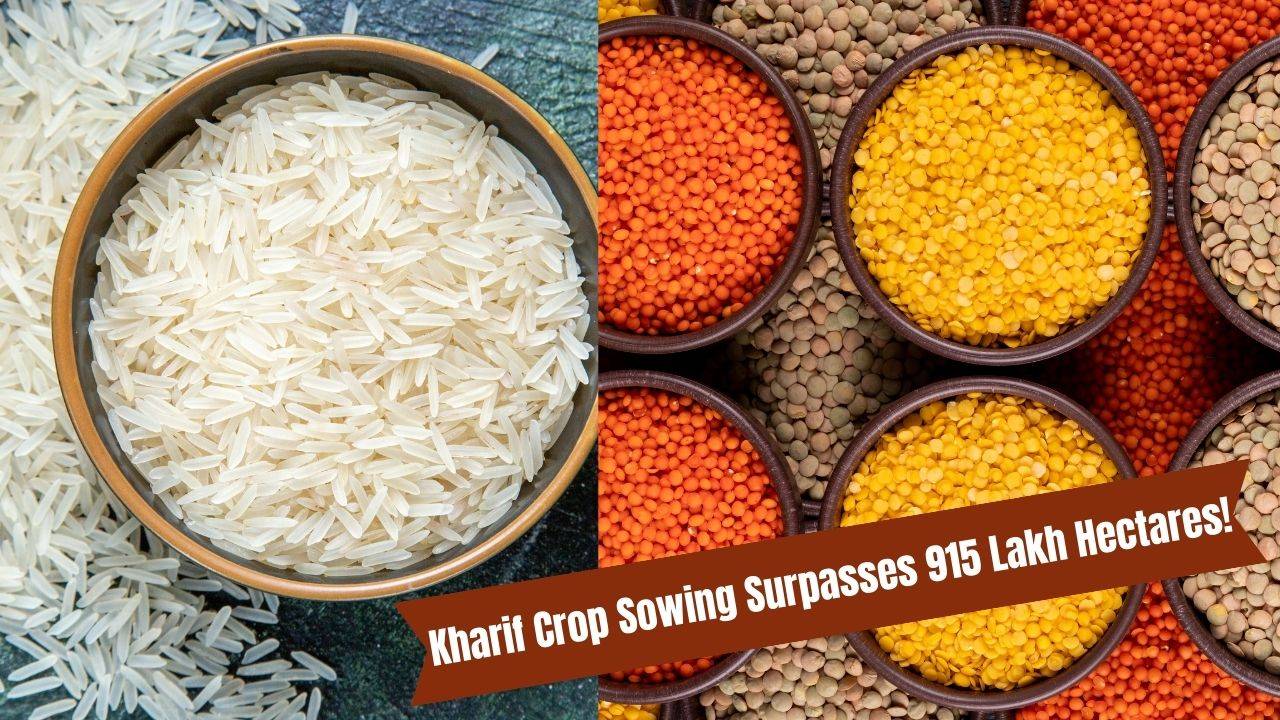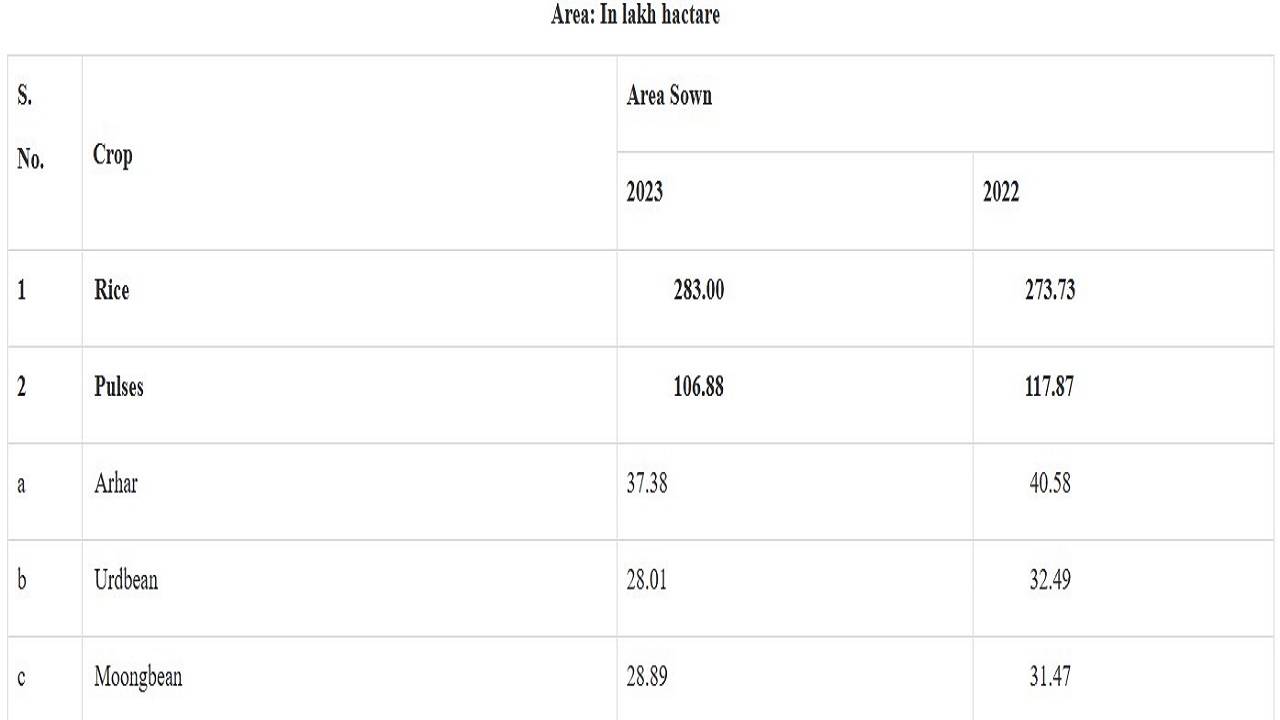
With approximately 15 percent of the total area remaining to achieve the typical coverage for the kharif season, the pace of paddy transplanting continues to remain strong.
The cultivation area for paddy has seen an increase of more than 3 percent, reaching 283 lakh hectares as of the recent Friday, in comparison to 273.73 lakh hectares during the same period the previous year.
Additionally, the cultivation of sugarcane, maize, and soyabean has surpassed the usual acreage for this year, as indicated by the latest update on sowing provided by the Ministry of Agriculture.
Despite a decrease in the area dedicated to some pulses, the collective acreage for all Kharif crops has been recorded at 915.46 lakh hectares, surpassing the 911.68 lakh hectares reported during the same period last year.
Profits and Losses
The cultivation of paddy has witnessed increased areas in several states: Chhattisgarh (6.37 lakh hectares), Telangana (4.36 lakh hectares), Uttar Pradesh (2.74 lakh hectares), Jharkhand (1.56 lakh hectares), Madhya Pradesh (1.51 lakh hectares), Maharashtra (0.48 lakh hectares), Gujarat (0.42 lakh hectares), Rajasthan (0.27 lakh hectares), Haryana (0.18 lakh hectares), Himachal Pradesh (0.14 lakh hectares), Punjab (0.07 lakh hectares), Nagaland (0.05 lakh hectares), Meghalaya (0.04 lakh hectares), Jammu & Kashmir (0.01 lakh hectares), Arunachal Pradesh (0.01 lakh hectares), and Mizoram (0.01 lakh hectares).

However, as per the current reports, paddy coverage is lower in some states, including Odisha (4.06 lakh hectares), Assam (1.55 lakh hectares), Andhra Pradesh (1.18 lakh hectares), Karnataka (1.01 lakh hectares), West Bengal (0.40 lakh hectares), Tamil Nadu (0.21 lakh hectares), Tripura (0.13 lakh hectares), Uttarakhand (0.09 lakh hectares), Bihar (0.09 lakh hectares), Manipur (0.04 lakh hectares), Kerala (0.03 lakh hectares), and Sikkim (0.01 lakh hectares).
In terms of pulses, the total acreage has slightly improved, with the decline narrowing from 11.3 percent last week to 9.3 percent this week. The total area under pulses has decreased to 106.88 lakh hectares from 117.87 lakh hectares a year ago. The cultivation area for arhar (tur/pigeon pea) witnessed a 16 percent reduction last week, and it currently stands 8 percent lower at 37.38 lakh hectares. Moong has seen an 8.2 percent decrease to reach 28.89 lakh hectares, while urad has dipped by 13.8 percent, now covering 28.01 lakh hectares.
Bajra Gives Up Profits
The acreage of coarse cereals has risen by 1.1 percent to reach 164.20 lakh hectares (lh). Maize cultivation has also increased to 76.14 lh from the previous year's 75.44 lh, surpassing the standard area of 75.71 lh. Bajra acreage saw initial substantial growth of over 40 percent but stabilized at a 0.9 percent increase, now at 66.59 lh. Jowar, however, witnessed a slight dip, with acreage reported at 12.83 lh compared to 13.71 lh.
Oilseeds sowing has gone up by 2.6 percent to 179.56 lh, exceeding the previous 175.10 lh. Among them, soyabean cultivation increased by 4 percent to 122.39 lh, while groundnut coverage slightly decreased to 41.14 lh from 41.26 lh. Delayed rainfall in Karnataka impacted sunflower sowing, resulting in only 59,000 hectares being cultivated nationwide, down from 1.76 lakh hectares last year.
Cotton acreage reached 119.21 lh, slightly down from 120.94 lh the previous year. Sugarcane sowing expanded to 56.06 lh from 54.67 lh. Jute and mesta acreage dropped by 5.7 percent to 6.55 lh from 6.94 lh.
















